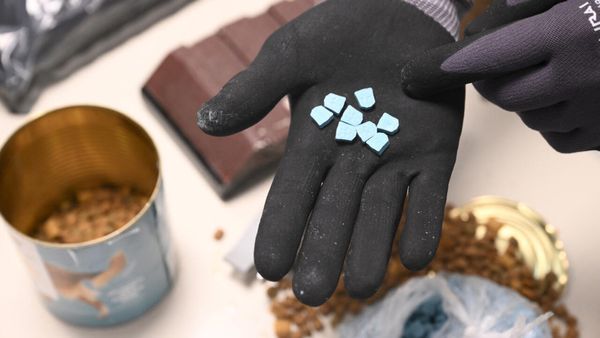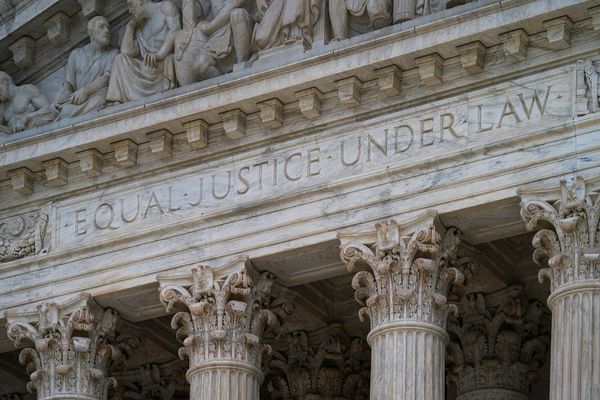Britain’s first Faith Museum, which has recently opened in Bishop Auckland, County Durham, faces three problems. First, “religion” is an explosively controversial subject on which it’s almost impossible not to stir up anger. Yet it’s also a subject that a great many modern British people find baffling and laughably irrelevant to their lives. Finally, there is no such thing as “religion” or “faith” in the abstract – only specific faiths in actual people’s lives.
However, it turns out that a museum is the ideal solution to all these problems. A museum cannot be about abstractions such as faith, belief and religion. Rather, it is about actual objects, each with a specific history, gathered in a specific place, being looked at by specific human beings. All of which provides a rare opportunity to set aside your preconceptions about faith and just look.
The setting is significant. County Durham is one of England’s most deprived counties, and Bishop Auckland is a tough little town even here. But the county has, as surely everyone knows, the world’s finest cathedral at its heart, while Auckland Castle is the historic seat of the prince bishops of Durham. The north-east of England is the ancient kingdom of Northumbria, the heart of early Christian England where the greatest scholar of his age, the Venerable Bede, first wrote about the “English people”.
The castle had been falling into slow decay until 2013, when it was bought from the bishops by a charitable trust run by the philanthropist Jonathan Ruffer. The goal was not merely economic regeneration, but cultural renewal and claiming some of that proud heritage. There are now plenty of other things to see at Auckland Castle, but the new honey-stone block containing the Faith Museum stands out.
What to see at the Faith Museum
The museum’s ground floor leads visitors on a chronological journey from pre-Roman times to the present. It begins with carved markings on stones that appear to have had a ritual meaning, through various relics of Roman paganism, to the quietly significant display of a silver ring which may be the oldest evidence of Christianity on this island.
The ring is one of several moments when you find yourself distracted by the thought: “How on earth did they get hold of that?” I won’t give away too many secrets, but the curators have plundered a wide range of other museums’ backroom collections to ensure visitors are not simply looking at books and obscure items of jewellery.
The fabrics, paintings, keepsakes and even a truly sinister child’s doll all serve to make the same point: “faith” is shorthand for what people take their lives to mean. These objects, which are all that we have of those people, are our best window to them.
The spine of the historic story is inevitably Christian (a spine with a sharp, badly healed fracture at the 16th-century Reformation). But while the multi-faceted Christian story is central, that story’s variety and the non-Christian threads are always in view.
For me, one of the most striking items is a Jewish vessel from Colchester that predates the expulsion of England’s entire Jewish population in the 13th century.
The scale is not huge. You can see every item on the lower floor – including the film montage about religion and sport in our time – within an hour, and you will only just be starting to develop museum legs. Then you are directed upstairs, and think: “So, we’ve done the history, is that it?”
Reflecting on ‘faith’
The very final part of the museum is a thoughtful set of spaces providing a snapshot of the rapidly changing religious landscape of Britain today. Here, a series of contemporary artists reflect on their different relationships to “faith”, and visitors are offered a chance to add your own response. Which is all fine and good, but that’s not why you visit a museum.
I am tempted not to tell you what awaits visitors in the penultimate space, at the top of the stairs, and if you’d rather find out for yourself, look away now.
Most of the top floor is boldly given over to a single installation: Eidolon, by Mat Collishaw. The work is a vast projection of an iris (the flower, not the eye), slowly opening and closing, which seems to burn with blue-gold flames yet is never consumed.
This may not sound very remarkable. But all I can say is that, having spent an hour being softened up by all the human lives and deaths to which the objects down below testified, I found myself almost wrenchingly moved by this installation. For me, it was a sort of minimalist answer to Saint-Chapelle in Paris.
Your experience will be different, of course. Museums are like rivers: no one ever steps into the same one twice. But this is a river of faith worth stepping into. You will understand something of why so many people have been swept away by it. You may even feel a gently insistent tug yourself.

Looking for something good? Cut through the noise with a carefully curated selection of the latest releases, live events and exhibitions, straight to your inbox every fortnight, on Fridays. Sign up here.
Alec Ryrie provided some limited, informal advice on specific objects to the curators of the Faith Museum during the development of the project.
This article was originally published on The Conversation. Read the original article.







